Shielding: Multi-core cables often incorporate shielding, such as foil or braided shields, around the individual cores or the entire cable. This shielding acts as a barrier to external electromagnetic interference (EMI) by absorbing or reflecting electromagnetic waves, preventing them from affecting the signal inside the cable.
Twisting of Cores: Many multi-core cables twist the individual cores within the cable. This twisting reduces crosstalk, which is the interference caused by the magnetic fields of adjacent conductors. The twisting equalizes the magnetic field around each conductor, minimizing interference between them.
Insulation: Each core within a multi-core cable is typically insulated from the others. This insulation not only provides electrical isolation but also reduces the chances of electromagnetic interference between cores. Insulation prevents electrical signals from leaking from one core to another.
Balanced vs. Unbalanced Cables: Multi-core cables can be designed as balanced or unbalanced cables. Balanced cables have two identical conductors, carrying equal but opposite signals. Any interference picked up by the cable affects both conductors equally and can be canceled out at the receiving end. Unbalanced cables have only one conductor and a shielding layer, making them more susceptible to interference.
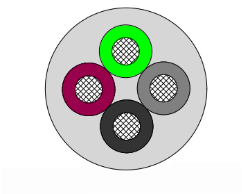
Impedance Matching: Proper impedance matching between the cable and the connected devices can reduce interference. Multi-core cables are often designed with a specific characteristic impedance, and using cables with the correct impedance helps minimize signal reflections and interference.
Grounding: Proper grounding techniques are essential for reducing interference in multi-core cable installations. Grounding helps dissipate unwanted electrical energy and prevents it from interfering with the signals carried by the cable.
Quality Construction: The quality of the materials used in the cable's construction and the manufacturing process can significantly impact its interference resistance. High-quality materials and precision manufacturing reduce the chances of signal degradation due to interference.
EMI Filters: In some cases, multi-core cables may include EMI filters or ferrite cores at the ends or along the cable's length. These components absorb or suppress high-frequency interference, further improving signal quality.
By incorporating these design elements and practices, multi-core cables are engineered to minimize electromagnetic interference, ensuring the reliable transmission of electrical signals and data in various applications.
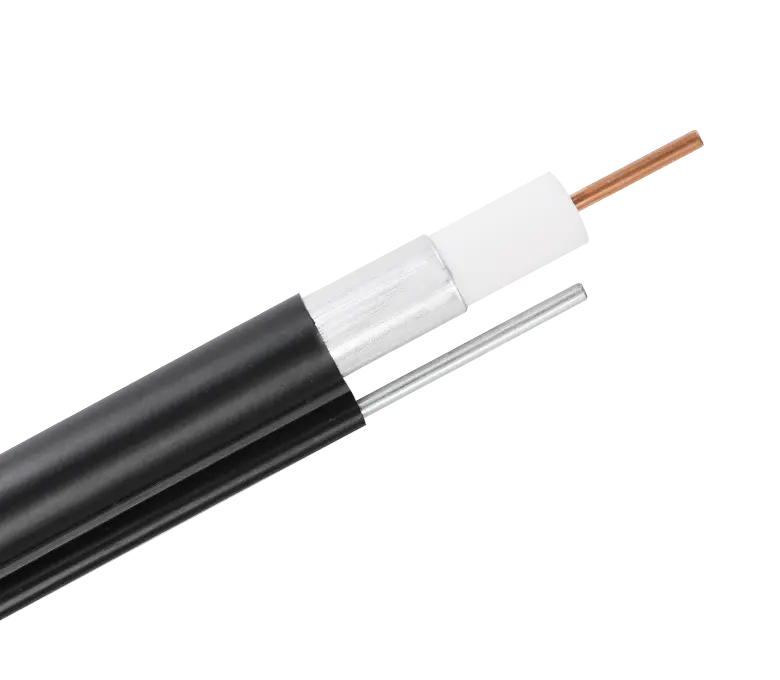
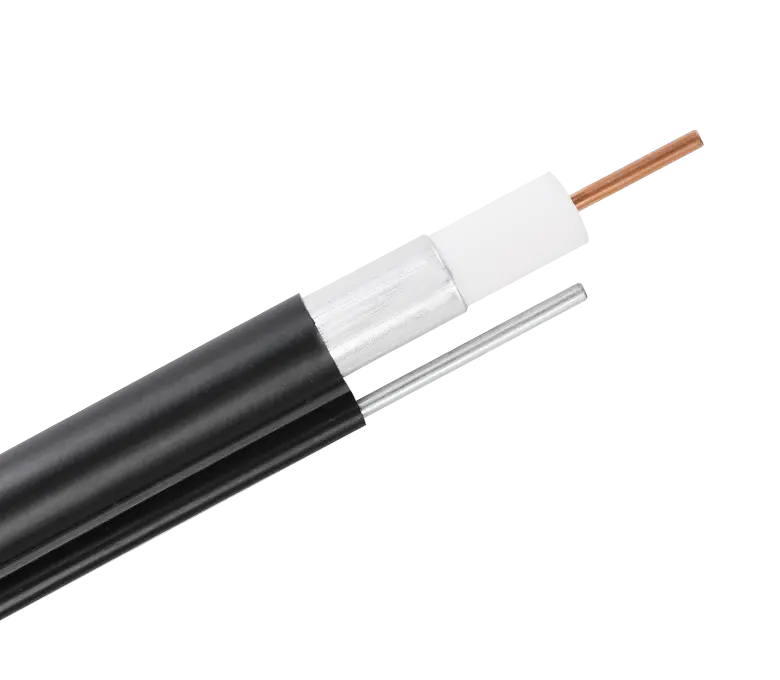
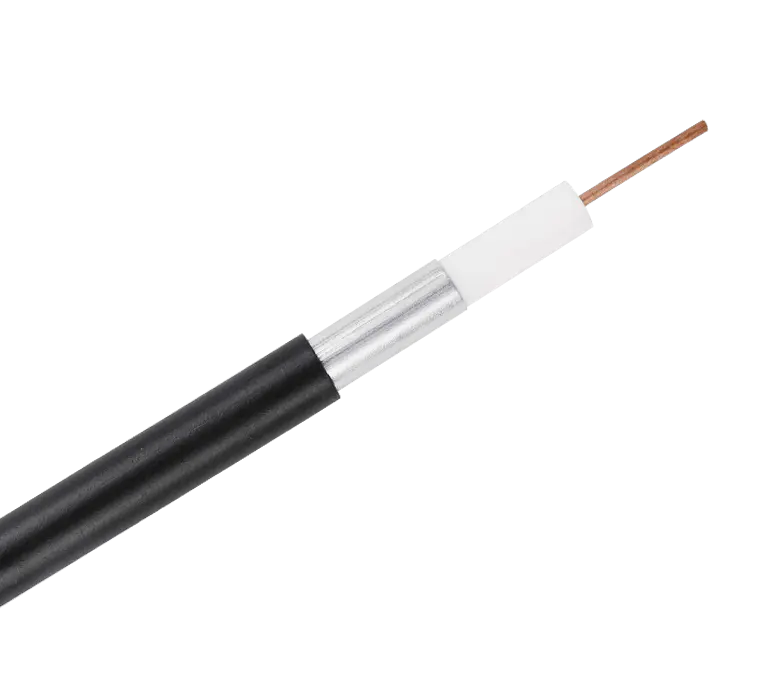
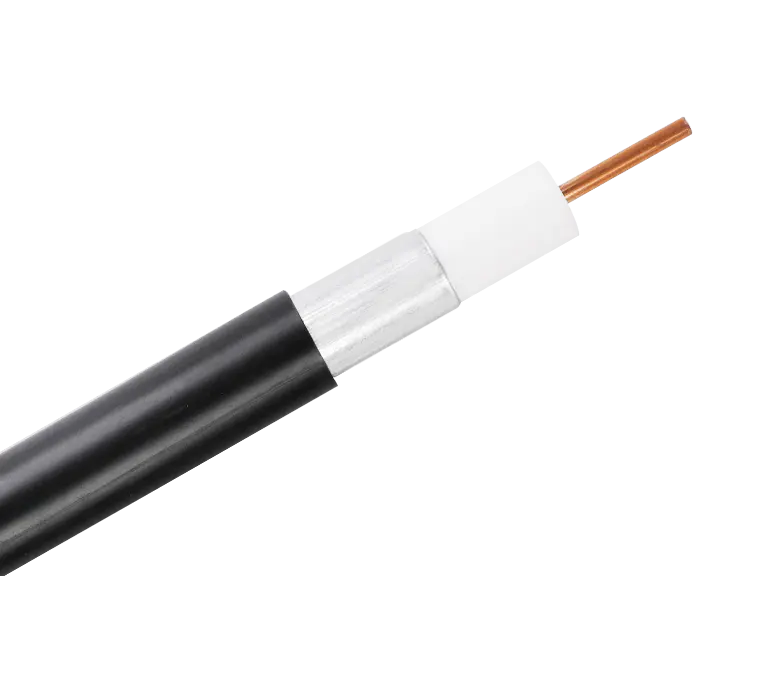
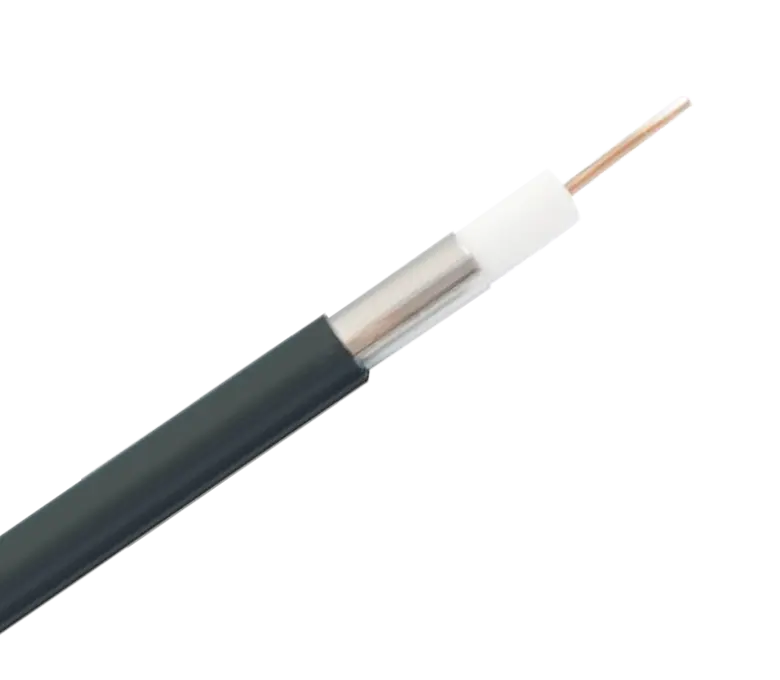
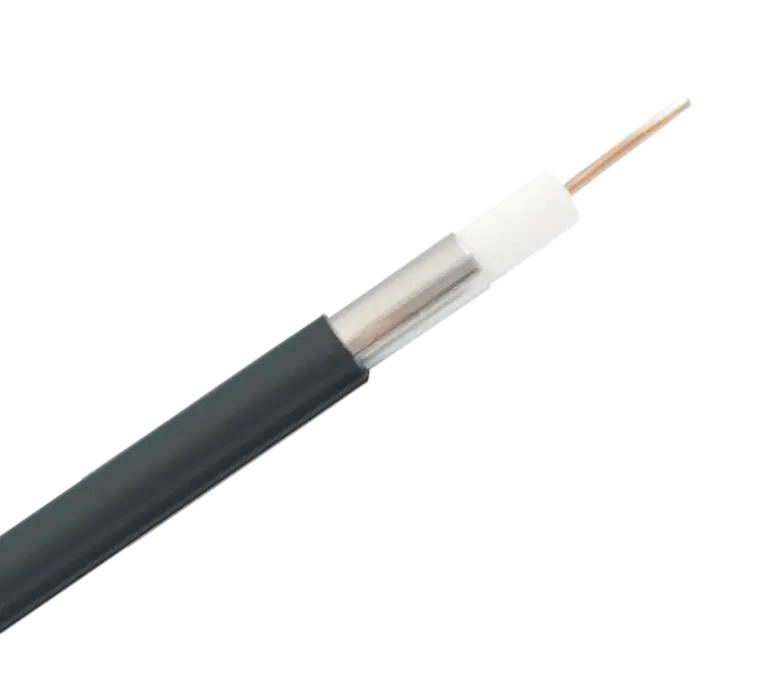
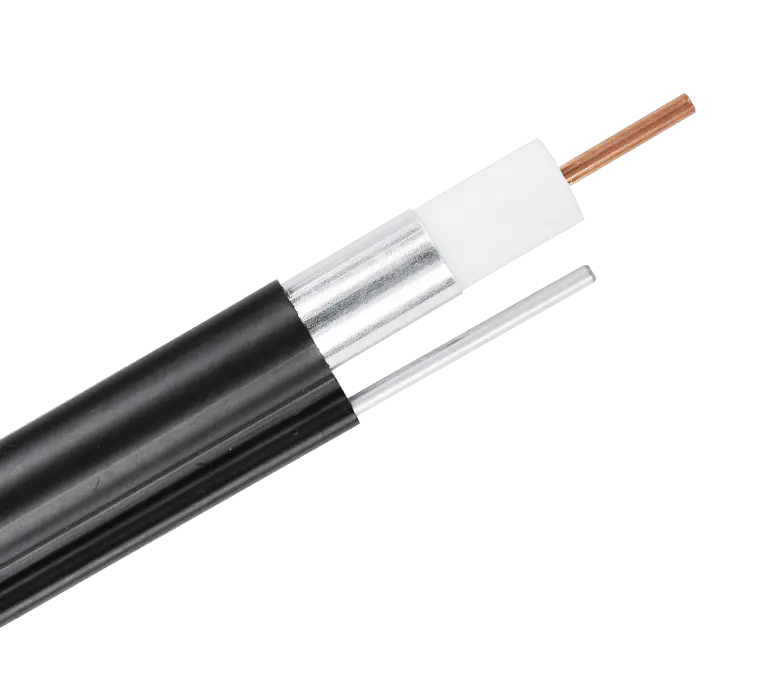
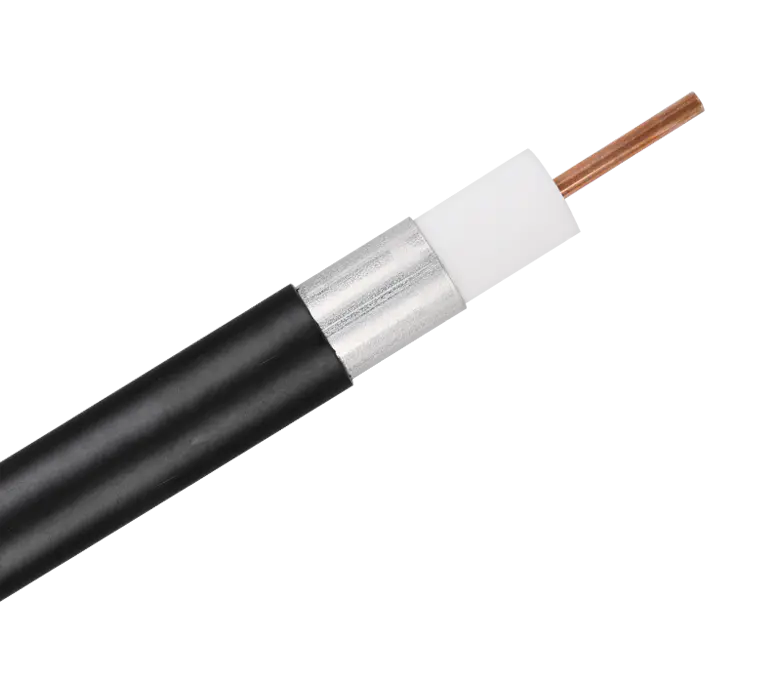
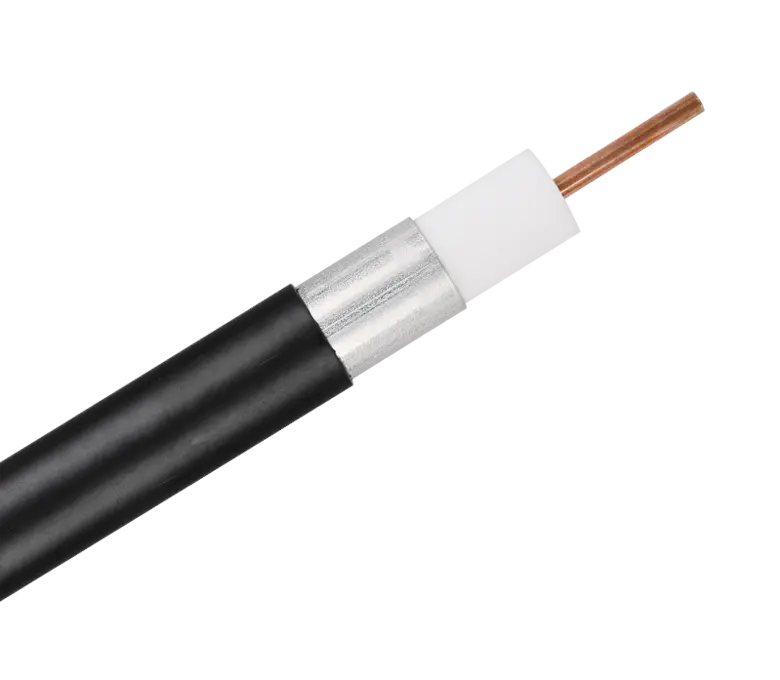
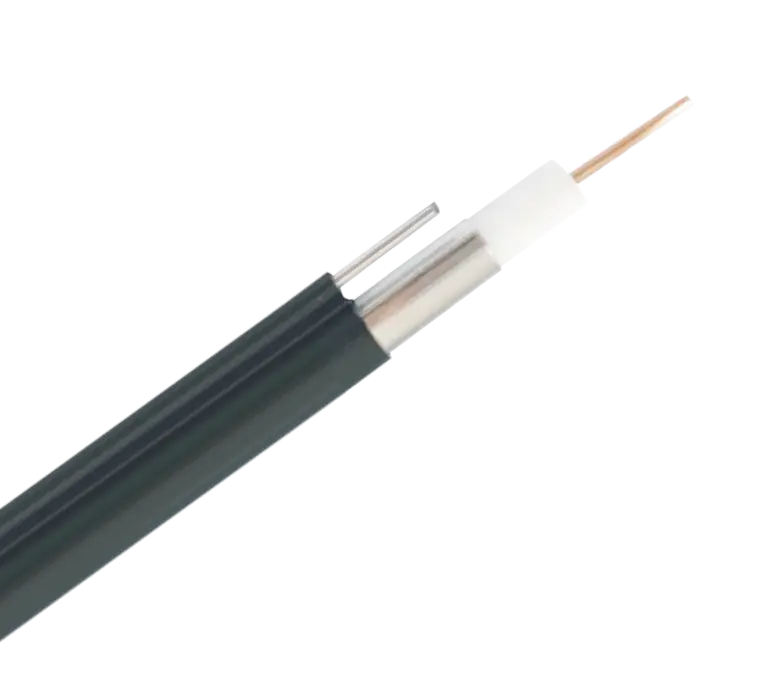
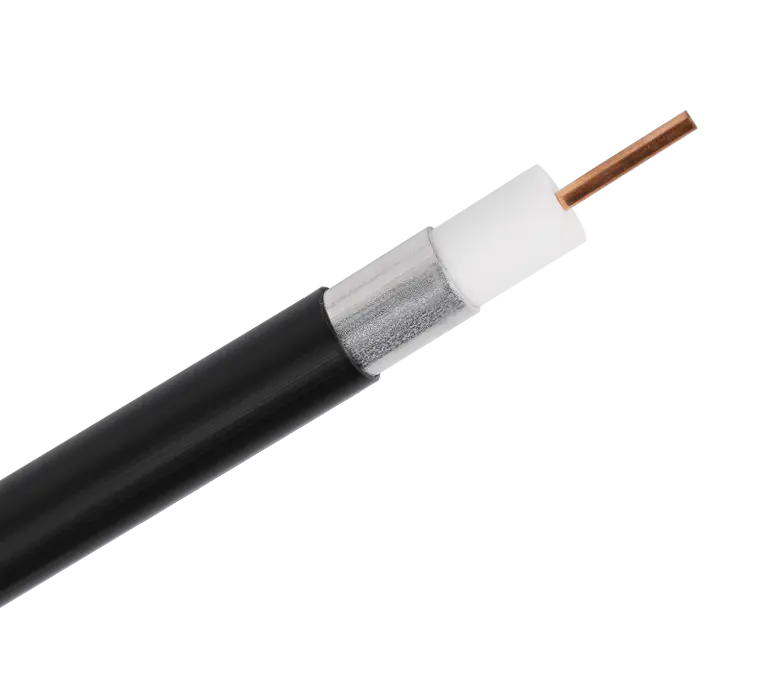
 浙公网安备33018502001191号
浙公网安备33018502001191号